Why Are Some Pests Less Scary Than Others?
Why Are Some Pests Less Scary Than Others?
There’s no doubt about it: pests are some of the least likable creatures on planet Earth. Anyone who has found an army of ants in the kitchen or a giant wasp nest on the porch can attest to the sense of unease humans naturally feel when we see certain insects, arachnids, and rodents anywhere near our homes. It’s difficult to put into words how unnerved and creeped out these creatures make us feel just by looking at them. That being said, there are some tiny critters that seem to be universally liked far more than most creepy-crawlies, even if they are in the same family. When we look at popular insects like ladybugs and fireflies, it leads us to ask the question: why are some pests less scary than others? This is what we aim to answer today, as we examine the theorized reasons why we tend to be wary of certain pests before diving into three different types of “appealing” pests to see why they are more likable than our standard pests.
Spooky Scary Pests
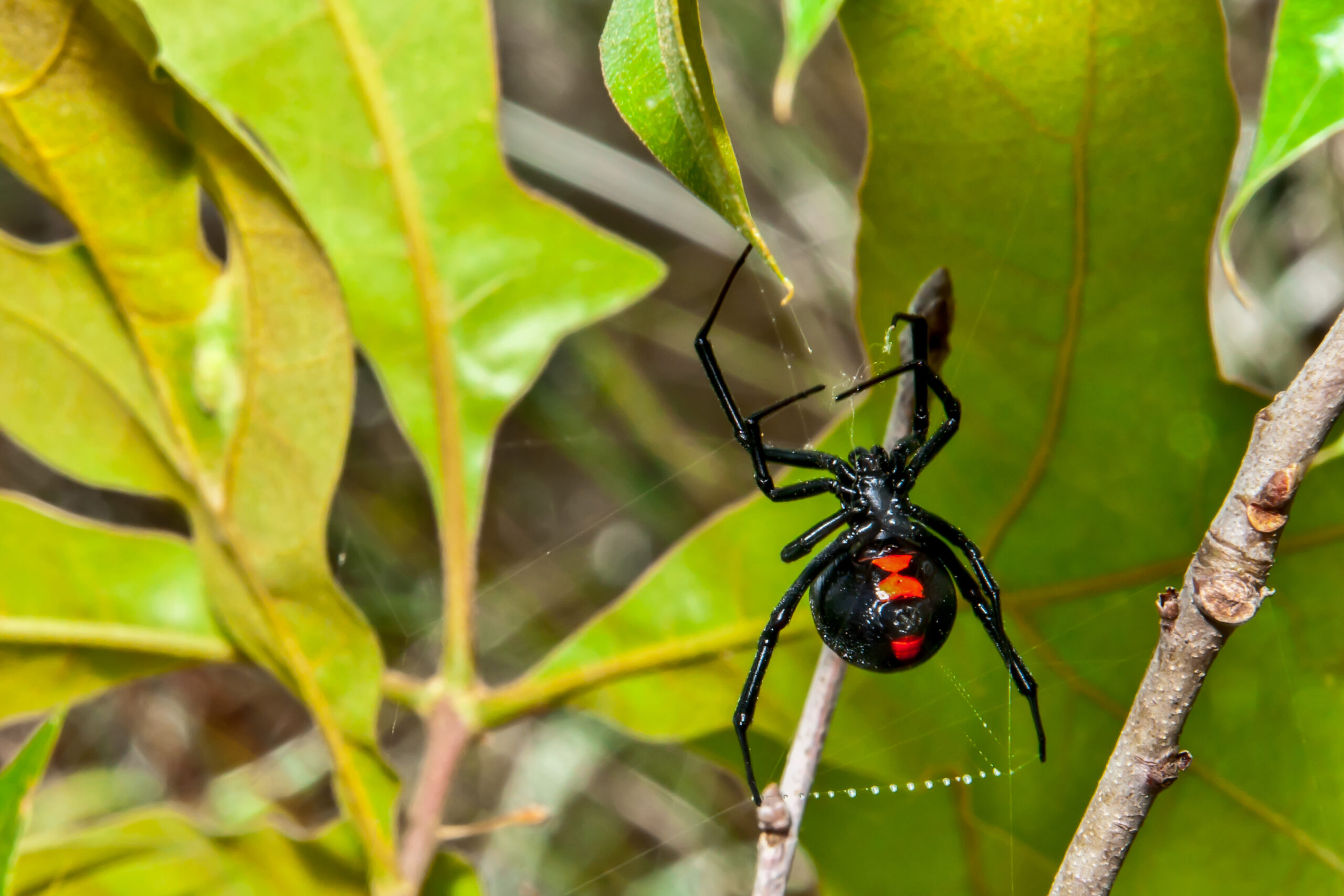
Before we look at some of the least scary pest species, it’s worth looking into the possible reasons why we are naturally scared of insects and spiders in general. Some people have entomophobia — the fear of insects — which makes it difficult to be anywhere near pests regardless of what they look like. But even people who don’t have entomophobia still tend to feel an instinctual fear around certain pests. For instance, the pit you suddenly feel in your stomach upon finding a random spider in your bedroom is a natural response to seeing a creature somewhere that it shouldn’t be. This could be broadened to involve the natural human response to avoid anything that’s unfamiliar and potentially dangerous, which is not necessarily a bad thing. In fact, our wariness of insects and spiders has helped humanity to survive the past centuries, rather than everyone meeting a swift end after being bitten by a poisonous creature.
There are multiple factors that contribute to a person’s natural fear of certain insects and spiders. For one, many of these critters are speedy and will quickly run or fly away when they are disturbed. The worst kinds are the ones that run towards us when they feel threatened, since nothing is so frightening as seeing a creepy-crawly heading straight for you. Another reason why pests are generally scary is because many of them can be found in huge numbers. We tend to be unnerved when we are near a large population of living creatures, as we often don’t feel equipped to handle hundreds of insects or spiders at once. This is why massive ant colonies and roach families are far scarier than one or two of each. A third factor in our fear of certain pests is each person’s specific experiences with them. If you found a garden spider crawling on your leg while you were playing outside as a child, you may feel a strong aversion to spiders as an adult. There are certain pests that pose some type of threat to humans, so any pest that stings, bites, spreads diseases, or invades our homes is naturally more fear-inducing than a creature that doesn’t do any of those actions.
The general principle around the less-terrifying pests is that the slower they move and the more colorful they are, the less likely we will be scared of them upon first sight. Let’s look into the reasons why pests that are colorful, harmless, and pleasing to the eye are less likely to evoke a scream from us if we stumble upon them.
Colors, Colors Everywhere
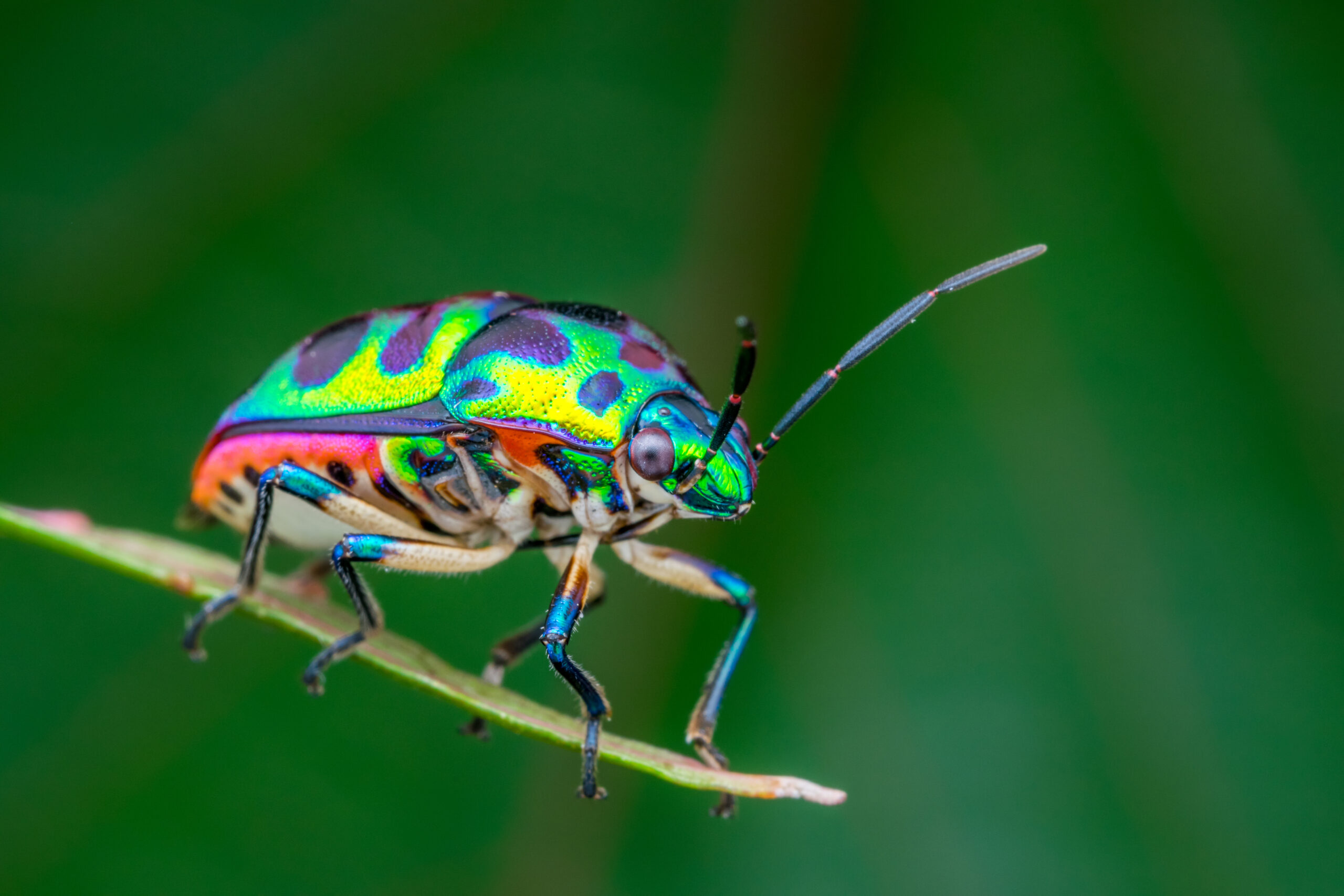
There might be a psychological element to the fact that colorful insects seem less intimidating than earth-toned insects, regardless of how dangerous either type is to humans. It may have to do with the fact that all of the friendly bugs in cartoons and children’s books have the brightest coloring you’ve ever seen on an insect, so we’re essentially raised with the idea that vibrant insects aren’t scary. This idea is up to interpretation — depending on your personal experience with brightly-colored insects — but a fuzzy colorful moth seems far less worrisome than a jet-black beetle based on first impressions.
Four of the most colorful and therefore (subjectively) appealing insects we know include:
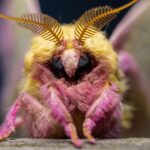
Rosy Maple Moth: These tiny silk moths are arguably the most adorable moths in existence, and a major part of that is because they look like fuzzy sherbet. Rosy maple moths are furry moths that have bright pink and yellow coloring, which can make it easier for their predators to spot them. These moths are primarily found in south Canada and along the East Coast.
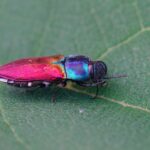
Jewel Beetle: This is a much broader group of pests, considering the fact that there are 15,000 species of jewel beetles in the world. They come in all shapes, sizes, and colors, but their common trait is the shiny tint to their wings and bodies. Jewel beetles are mostly harmless to humans since they primarily feed on decaying wood.
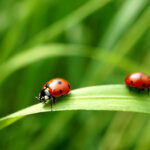
Ladybug: These insects have a particularly great reputation with gardeners because ladybugs are the top enemy of aphids, one of the worst garden pests ever. Ladybugs are harmless to humans and are some of the most appealing of common insects, what with their warm coloring and spotted patterns. Although they always have cherry-red coloring in children’s books, ladybugs can be any shade of red or orange.
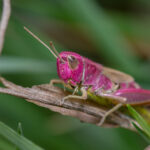
Pink Meadow Grasshopper: The pink meadow grasshopper has one of the most straightforward names, seeing as how they’re pink and live in meadows. Their pink coloring is due to erythrism, an unusual amount of red in the animal’s skin or fur, which is why these grasshoppers are so bright. However, their rosy coloring is also their downfall because it makes it easier for predators to find pink meadow grasshoppers amidst the grass.
Do these insects have the traditional creepy qualities of pests? Yes. Do their colorings make them look like the protagonists in an animated children’s movie? Also yes. So, whether or not these insects are less creepy is still completely subjective, but at least they look more appealing!
Safe and Secure
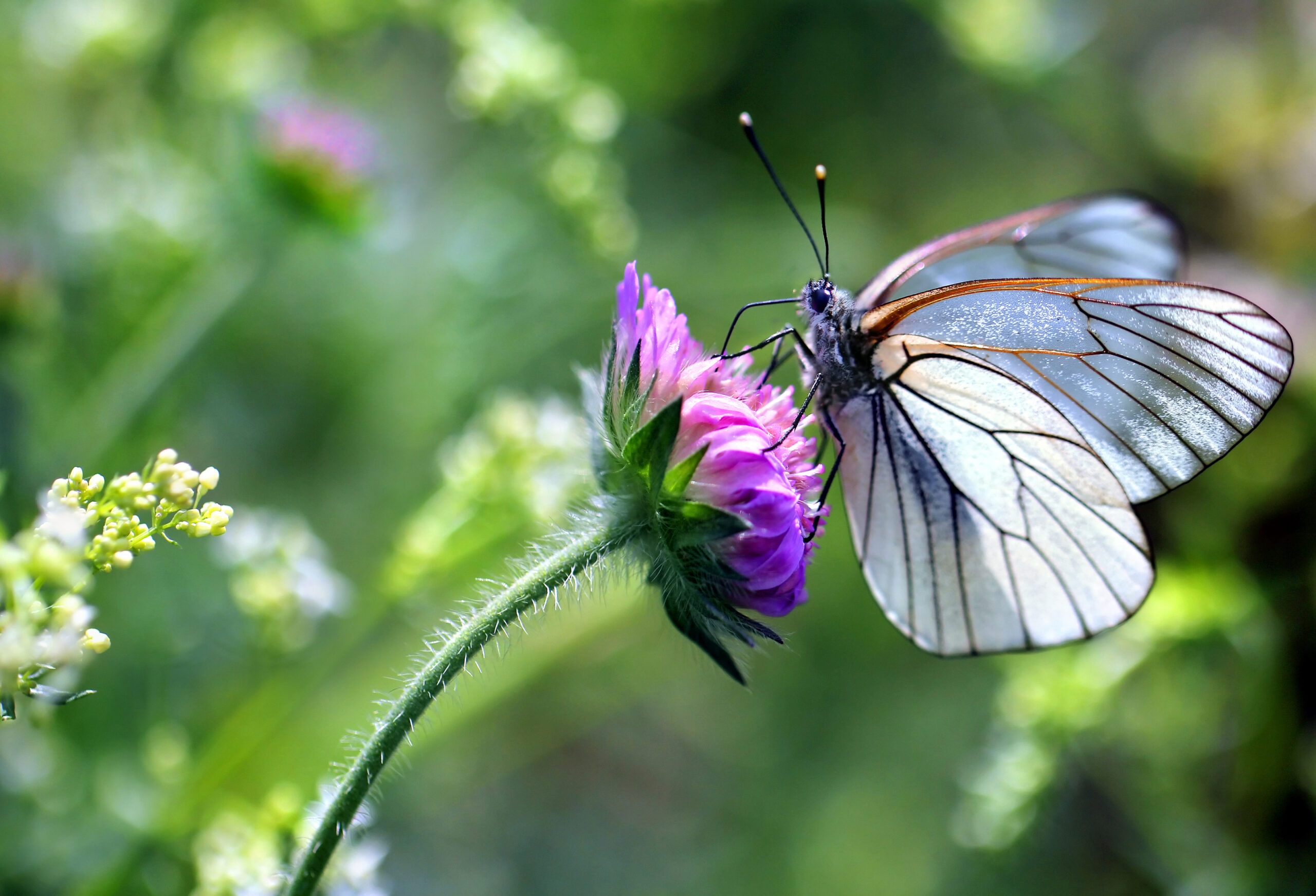
The pests that elicit the most fearful reactions from humans are often the ones that pose some kind of physical danger to us. For instance, stinging insects (bees, wasps, hornets, yellow jackets) are a common fear because they present the clear danger of giving us painful stings. Roaches spread numerous diseases after they crawl around in the disgusting sewers and garbage dumps. Spiders and ants don’t present an immediate danger, but they can bite us when they feel threatened. This is why any kind of pest that is essentially harmless to humans is automatically more appealing than all of these risky types.
Most of the pests in this blog aren’t dangerous to humans, but four of the most notable “safe” pests include:
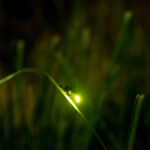
Fireflies: Some people have fond childhood memories of catching fireflies in their backyard, as these illuminating insects don’t post any danger to us. Fireflies use their bioluminescent bodies to communicate with other fireflies and to seek out a mate. These nocturnal insects thrive in humidity and are slow fliers, so they need to be careful that they don’t attract the attention of larger (and hungrier) insects.

Butterflies: This is many people’s favorite insect, and for good reason. Butterflies have beautiful coloring and patterns, are completely harmless, and are some of the most mellow insects ever. Butterflies are also constantly used in schools to teach young students about metamorphosis and symmetry, so these insects are a friend to people of all ages.
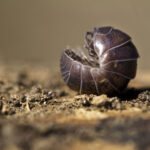
Roly-Poly: Also known as a pillbug, the roly-poly is a small critter that is often found under rocks or in thick grass. They are actually more closely related to lobsters than to insects, but we still associate them with insects because they’re found in our yards every year. Their adorable habit of rolling up into a tight ball when we touch them is their defense against any kind of predator.
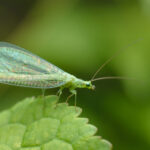
Lacewing: These insects are harmless to humans, but they are the worst nightmare of common garden pests. Lacewings devour aphids and caterpillars, and they can sneak up on these pests because their green coloring helps them to blend in with the rest of the garden. Their lacy wings are also very picturesque, so they’re a welcome sight in any patch of greenery.
We don’t recommend getting too close to strange insects in an attempt to see if they’re harmless, since you don’t want to find out the hard way that the critters are indeed not harmless. At least we know that these “safe” pests exist amidst the more pain-inducing varieties.
Having It All!
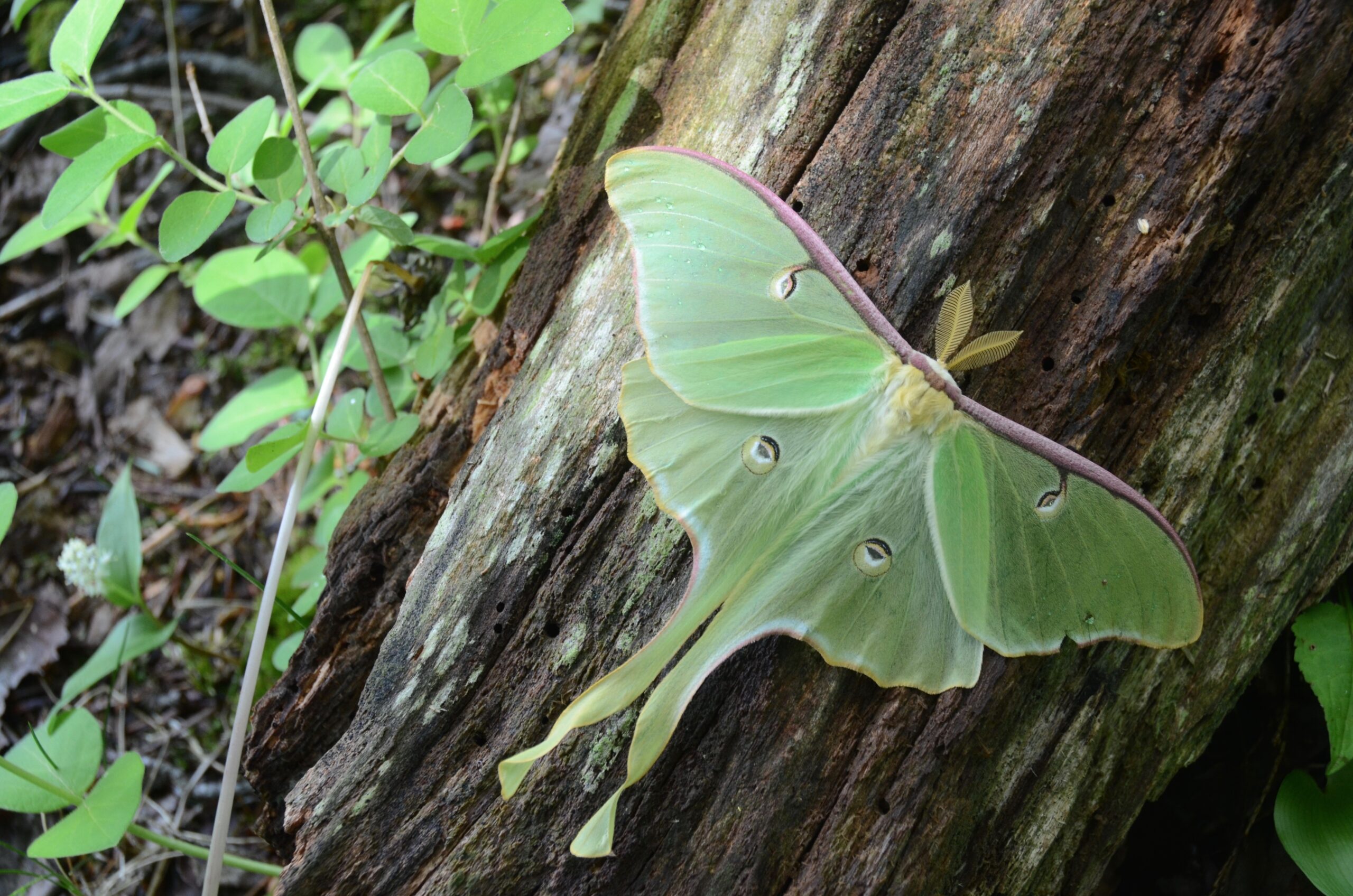
Some of the pests we’ve already mentioned in this blog had other appealing qualities beyond the title of their section, but the ones in this category truly have it all. They are mild-mannered, have bright coloring, and have larger eyes or wings. It’s a startling experience to stumble upon a random insect outdoors, but these pests are still more likely to give us a sense of wonder instead of a sense of dread.
Four of the most appealing pests that surprisingly have many positive qualities are:

Orchid Mantis: These mantids are common to Southeast Asia, but they have gained worldwide popularity for their appealing coloring. They even attract pollinating insects who mistake them for a flower! While the orchid mantis is mellow and harmless to us, they are fast as lightning to snatch any small insect that wanders too close to their hiding spot.
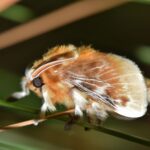
Southern Flannel Moth: This is another bright and fuzzy moth that is more appealing than most moths, since their yellow coloring is much more exciting. Southern flannel moths have up to a 1.5 inch wingspan and thrive in warm areas. They are more common in the South and East Coast, so if you live in these areas, keep an eye out for these strange-looking moths.
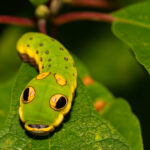
Spicebush Swallowtail Caterpillar: This eventually turns into a butterfly of the same name, but spicebush swallowtail caterpillars are possibly the most cartoonish caterpillars ever. They are green with blue spots, and have extra coloring around their eyes to make them look larger and therefore ward off enemies. These caterpillars are completely harmless to us and like to live in folded leaves with their silk, and their butterfly form is not any less charming than these sizable caterpillars.
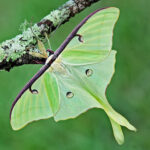
Luna Moth: One of the more famous moths, luna moths have luminous green wings and white bodies. They can be active year-round in humid areas, and tend to stay in forested spaces for this reason. Luna moths are pretty mellow and like to softly fly around at night, but thankfully for them, their long tail-like feature wards off predators.
Of course, any qualities that make pests more appealing or scarier are completely subjective. You may find all of the critters we mentioned to be the most likable insects, or you might think that every insect is completely despicable. Whatever the case may be, we hope this encourages you to maybe think about pests a bit differently, as well as how to prevent them from entering your home uninvited (no matter how appealing they may be).
Prevent the Pest “Scaries” With Pointe
We’ve discussed a lot of appealing and less horrifying creatures today, but the ones that invade our homes and businesses are far less pleasant to be around. Common pests bring all kinds of dangers wherever they go, from painful stings to transmittable diseases to constant contamination. Whether you have a current pest problem or you want to prevent pests from invading your space, Pointe Pest Control is always here to serve you. Our technicians are fully trained and experienced in solving pest issues from dozens of pest species, and we are continuously dedicated to keeping local homes and businesses safe from persistent pests. We create a treatment plan for every client once we inspect the property for all signs of pest damage. We guarantee that we will get to the root of any pest problem you have, and our treatments are all tailored to keep pests away long after the service ends. Not to worry, though: all of our products are completely safe for both people and pets! Your complete satisfaction with our services is always our top priority. Contact us today to learn more about our efficient treatment methods and say goodbye to your unsightly pest problems!
Citations
Baker, J. (2023, May 9). Spicebush swallowtail. NC State Extension. Available at https://content.ces.ncsu.edu/spicebush-swallowtail (Accessed on September 26, 2023).
Dara, J. (2023, May 30). 13 bugs that look scary but are actually harmless. Southern Living. Available at https://www.southernliving.com/garden/pests/scary-harmless-bugs (Accessed on September 26, 2023).
Griffiths, E. (2023, July 3). Rare pink grasshopper spotted in garden. BBC News. Available at https://www.bbc.com/news/articles/czknv1233dko (Accessed on September 26, 2023).
Hall, D.W. (2019, October). Featured Creatures: Luna Moth. University of Florida: IFAS. Available at https://entnemdept.ufl.edu/creatures/misc/moths/luna_moth.htm#ref (Accessed on September 26, 2023).
Orchid mantis. (n.d.). Keeping Insects. Retrieved September 26, 2023, from https://www.keepinginsects.com/praying-mantis/species/orchid-mantis/
Proof that bugs are just as cute as your favorite cuddly pets. (2019, September 23). Arrow Exterminators Blog. Retrieved September 26, 2023, from https://www.arrowexterminators.com/learning-center/blog/proof-that-bugs-are-just-as-cute-as-your-favorite-cuddly-pets
Romm, C. (2016, October 31). Insects are scary because your brain confuses disgust with fear. The Cut. Available at https://www.thecut.com/2016/10/why-are-so-many-people-scared-of-bugs.html (Accessed on September 26, 2023).
Skinner, A. (2016, November 14). Insects and bugs: Creepy or cute?. Dartmouth: Guarini School of Graduate and Advanced Studies. Available at https://graduate.dartmouth.edu/news/2016/11/insects-and-bugs-creepy-or-cute (Accessed on September 26, 2023).
Why are people so afraid of insects and spiders?. (2016, November 9). Hulett Environmental Services. Retrieved September 26, 2023, from https://www.bugs.com/blog/why-are-people-so-afraid-of-insects-and-spiders/
Request a Free Quote Today
(We do not share your data with anybody, and only use it for its intended purpose)


